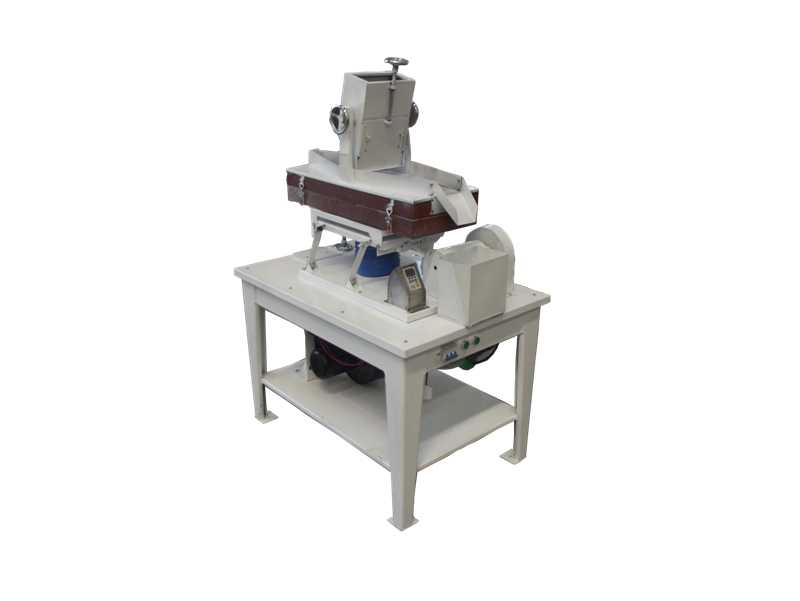First, how to prepare and preprocess?
1, bark 1 cubic meter (about 0.5 tons), dry chicken manure or livestock manure 25 kilograms, urea or thiamin 5 to 10 kilograms, lime amount (about 0.5 to 1 kilogram);
2. Mix dry chicken manure or livestock manure with urea and thiamin in the bark material and reduce the carbon/nitrogen ratio (C/N) to below 40;
3. Because the bark of the coniferous tree contains a substance with a high acidity, appropriate amount of lime must be added to adjust the pH to 5 to 5.5.
4. Watering, buttoning, and boring for 2 to 3 days to achieve a moisture content of 505%.
5, bark fermentation auxiliaries 1 kg plus 2.5 kg rice bran dilute and mix, dubbed incremental bacteria. Spread the mixed agent in a well-mixed bark mixture and turn it a few times to make the agent evenly adsorbed on the fermented material. This process is called “inoculationâ€. After the inoculation is completed, the materials are piled up into large piles, covered with coverings, and naturally placed for 6 to 12 hours for pretreatment to promote the conidiophore effect of the bacterial agents, so that the bark fermentation aids are sufficiently adsorbed into the materials to be fermented.
Second, how to ferment?
6. After the pretreatment is completed, the fermented materials are piled up into large piles of 1 to 1.5m in height, covered with coverings, so as to maintain heat and moisture;
7, the first fermentation. Fermentation is carried out in two phases. The first time for fermentation to 25 to 30 days, heat preservation and moisturizing measures should be strengthened to promote the saccharification of the fermented material. After 5 to 7 days of fermentation, the fermentation temperature reaches 45 to 50°C, and white mycelium appears on the surface of the fermented product. (When it takes more than 2 days), it will be the first time it flips and it will reverse. Then continue the fermentation, so that the cumulative temperature of the fermentation reached 800 ~ 900 °C, enter the second fermentation period (second flip).
8, the second fermentation. Note that the moisture content of the fermented material is generally controlled at about 60%. When the moisture is insufficient, the 5% urea solution can be fully recharged, and the thickness of the deposit can be appropriately increased, and the stack can be piled up again, and the fermentation can continue until the temperature reaches 65°C. Week, three weeks after the temperature of 60 °C, when the accumulated temperature of the fermentation reaches 800 to 1000 °C, fermentation can basically be stopped.
The functional microorganisms in the bark fermentation aids will fully ferment and decompose the bark, which can remove the components of stone carbonic acid and citric acid that are harmful to plant growth, and greatly enhance the physical properties, commercial performance and economic value of the fermentation products.
How to deal with finished products?
9, after fermentation, the fermentation product will be tiled at a thickness of about 10, dry, so that the water content reaches 405%, with different "mesh" (according to the user's requirements for the goods, select the sieve "number of") The sieve is sieved for metering and packaging, and the finished product is stored in a dry and ventilated place.
Laboratory destoner uses raw material and stones density difference to separate stones from seeds. It is used after seed cleaner & grader processing and Gravity Separator processing. It is normally used for vegetable seeds, grass seeds, flower seeds and other small seeds cleaning. Lab destoner is for fining cleaning to remove the stones, lumps.
Working principle
The destoner worktable is a rectangular structure. The top of lab destoner table is mesh grid, the middle is a perforated aluminum plate, and the bottom is wooden air guiding structure. The hopper is located in middle of this worktable; by adjusting the vibration frequency of the worktable and the bottom blowing air volume to achieve the separation of seeds and heavier impurities. The raw material is rapidly delaminated at the seed feeding location; heavier impurity move along the slanted sides of the rectangle to the upper end, and the lighter seed move to the lower end along the rhomboid. Table vertical length, table vibration frequency, the bottom fan air volume are adjustable to meet the small size seeds, different density seeds, sorting requirements. Lab de stoner brings further study basis data of the small seeds characteristics.
Parameter reference:
|
Name |
Laboratory destoner |
|
Model |
5XQS-L |
|
Capacity |
50 kg/h |
|
Air blower power |
0.37 kw |
|
Vibration power |
0.13 kw |
|
Vibration frequency |
0-600 times/min |
|
Platform inclination angle |
0-3° |
|
Amplitude |
15 mm |
|
Dimension |
1000×700×1440 mm |

1. Feeding hopper
2. Hopper controller
3. Working table
4. Drive system
5. Bottom air blower
6. Control panel
7. Machine frame

Lab Destoner Machine,Laboratory Seed Destoner,Lab Seed Destoner,Lab Grain Destoner
SHIJIAZHUANG SYNMEC INTERNATIONAL TRADING LIMITED , https://www.seedgraincleaner.com